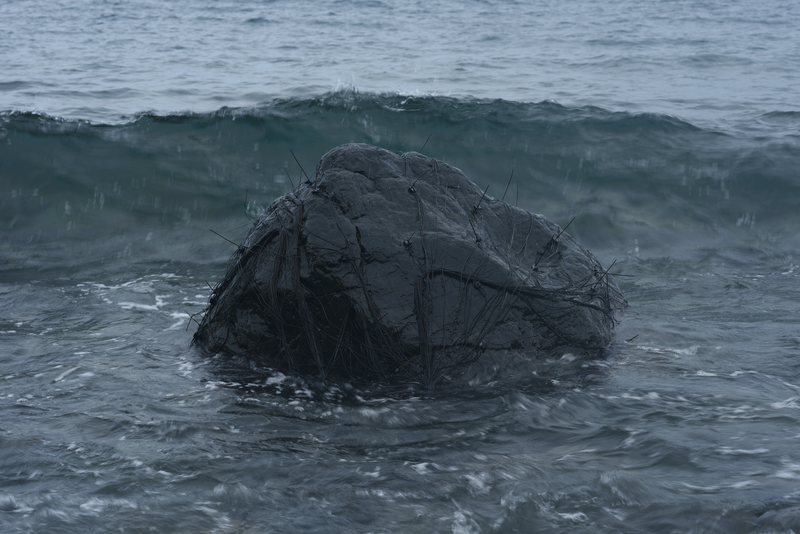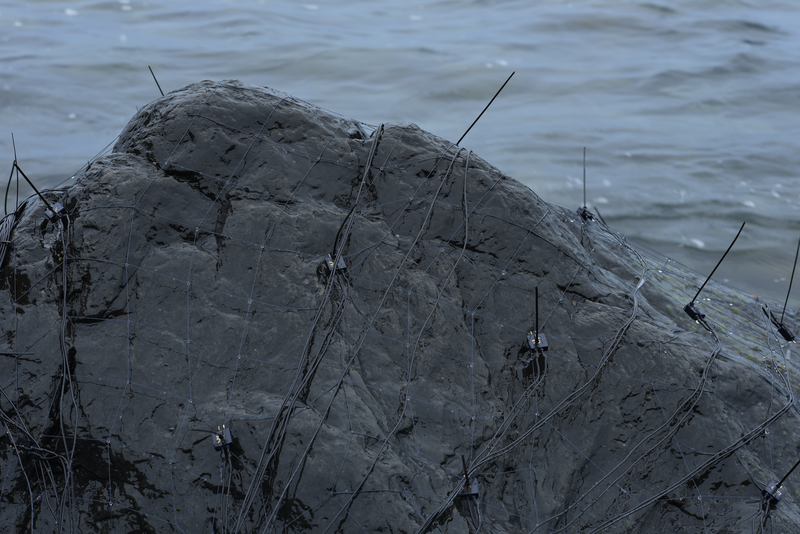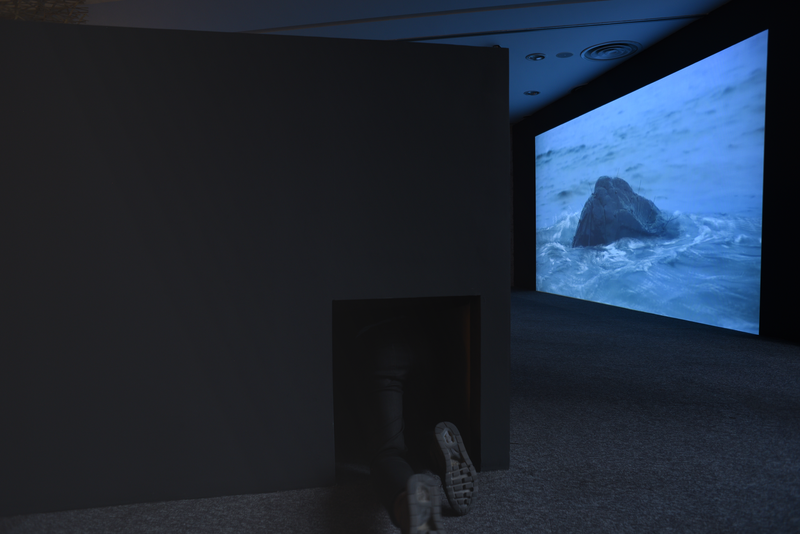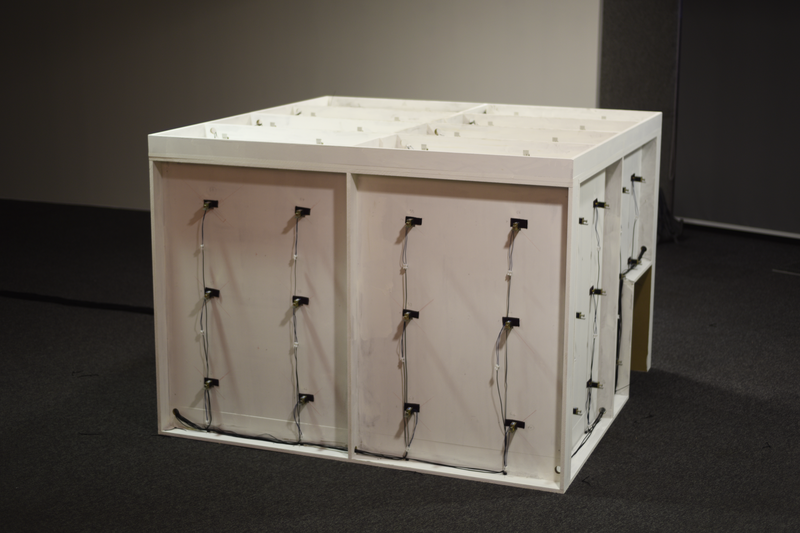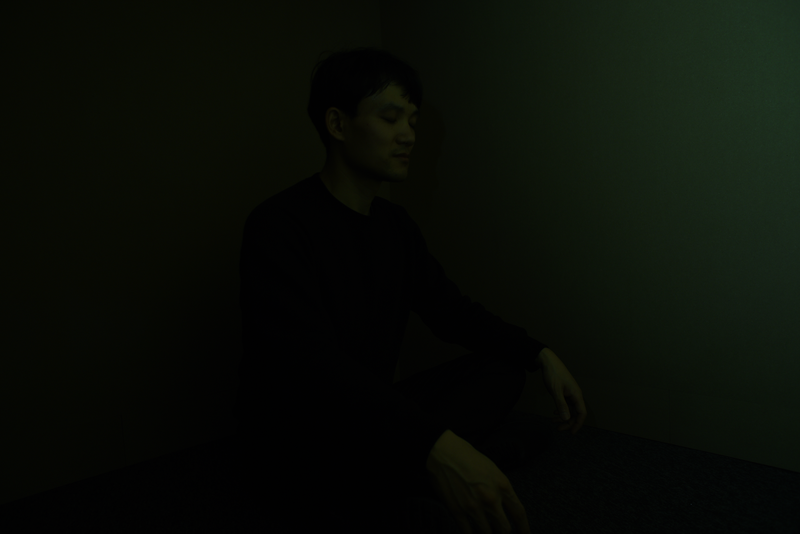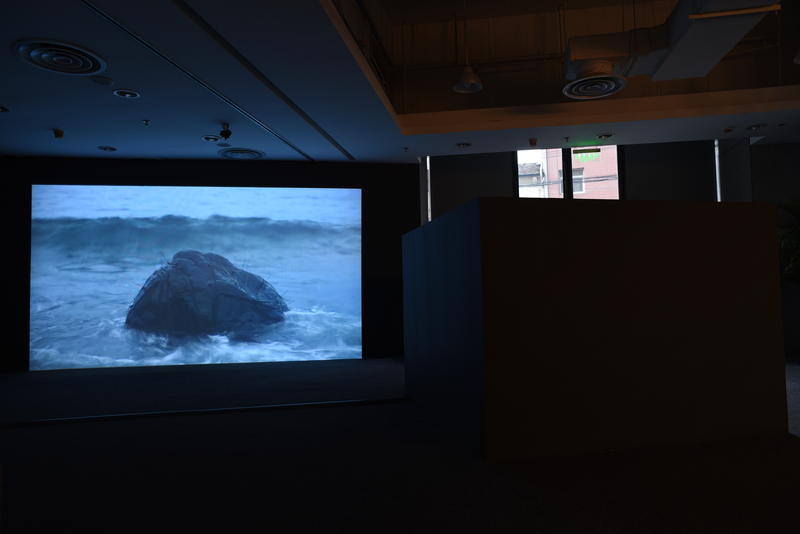Introduction
The idea of automated utopia has existed for a long time. We believe that technology would most likely form the crux of our future, creating opportunities for us to be more efficient as a society. This was seen in the myriad of films, documentaries and talk shows where the core discussion revolves around an automated future. Through these films and shorts, we are able to identify the anxieties and fears that we as humans have regarding AI progression in our society, such as a reversal in roles that AI will have, overtaking our social structure and creating a future that we had not intended. Such depictions include Black Mirror and Necromancer. In this reflection, I will critically analyse and provide my own insights on what I presume AI’s effect on our future and its involvement in our lives.
Autopia(/juːˈtoʊpiə/yoo-TOH-pee-ə) is an imagined community or society that possesses highly desirable or nearly perfect qualities for its citizens.
Understanding Utopia and AI
In my research on this subject, I have realised that the lecture had also included Utopian Socialism as part of its discussion after I had looked up on Marxism as my initial research. In understanding Utopia, I believe that we have strived to achieve Utopia in our methods of governance over the centuries. As a history major, I was not unfamiliar to the concept of governance and its boons and banes. I believe that we cannot discuss Utopia without discussing governance, as it has a symbiotic relationship. Governance is the primary solution to structural change, as we seek an authoritative structure that can enforce. Marxism address society as a whole, and aims to benefit all levels in the social hierarchy, including the lower class, middle class and upper class. Its materialistic approach to the mode of production was forefront to the ideology, whereby improving the conditions of the middle class would help bring equity to society.
Through Marxism, it was hoped that societal occurrence of poverty and competition can be eliminated to bring about fairness, equal opportunities and overall improvements on the standards of living. It however failed to address the non-materialistic elements that were essential for a lasting change. Cooperative ownership of production of goods and services required a level of selflessness and rationality from all classes. This was difficult to impose, as it was close to impossible to bring about a commonality in mindset and cooperation without benefits or consequences. Marxism highlighted the materialistic changes required of the economy and society, but failed to bring about a holistic change in behavioural improvement which was key to creating this utopian society.
As mentioned previously, Utopia in its core has already addressed society’s most pressing issues. In fact, it should be that Utopia is void of any societal issues where equity and prosperity is enjoyed by all. Who addresses this issues? A government. But does Utopia have governance? No. A government ceases to exist in an utopian society – reason being, a government represents a higher echelon of ruling class that manages societal discontent and grievances. This would be contradictory to the concept of utopia where everybody has to be equal and no social structure. Marxism, Socialism and Communism, amongst other forms of socioeconomical philosophies are crude attempts at creating equitable states with beliefs in utopianism and becomes paradoxical in nature.
Where does AI fit in? How does it value add? What role does it play?
In my opinion, AI could help a government achieve a more utopian-like state, but not Utopia. As AI is relatively infant in our current era, it holds the possibility of becoming ubiquitous and improve on our standard of living. There are usually two camps on where AI stands in our situation – with us or against us in terms of employment. On one hand, it may be seen that AI has become a companion, a tool to enhance our experiences in arduous tasks and improve efficiency. On the other, AI is seem to be a tool that displaces jobs and takes away rice bowls of the middle and working classes.

In Sougwen Chung, Drawing Operations Unit: Generation 2 (Memory), the AI drawing machine undergoes supervised deep learning, improving each time from the artist’s input and mimicking her actions, understand her style and replicating that style onto the paper. The AI would then require human intervention in improving and reaching standards ‘acceptable by humans’. AI is then seem acceptable if it proves efficient and cost-effective in the long run. This is telling of how we perceive AI: as a tool to aid in our survival as human beings, with humans being the focus and AI becoming our servants.

Plant IO is an open source, plant growing platform that incorporates AI to learn digitally about plant growth, with aims to benefit the agricultural industry with the advances of Internet of Things (IOTs), machine learning and AI that would help understand and learn about plant growth, and in doing so anticipates the ability to promote as much growth as possible. In doing so, we engage the benefits of AI to improve our agricultural efficiency and thus using AI to our advantage.

In Black Mirror, AI becomes a tool for sensory pleasure, immersive experiences and enhancement in our daily lives. It also critiques our fears of AI, its power to override the human race and gain self consciousness. In one episode, Hang the DJ, it portrays AI of having the ability to have virtual simulations of different profiles and putting them through a virtual reality to test their compatibility. The episode consists of two young and attractive persons that believe that they are truly meant for one another, using a dating app that places an expiration date on their dating lives. Unable to find emotional attachment to someone else, the two come to a conclusion that the ‘world’ is going against them and they decide to escape it together. The rebellion sparks a malfunction in the virtual world and soon it closes down as the two climbs over the encompassing walls. They were soon surrounded by their dopplegangers, and as they dissolve, the count of the number of simulations increase. Totalled upon a 1,000, it records that the couple had gone through 1,000 simulations, of which they have attempted escape 998 times. If we had hit pause here, we would start to think that AI becomes really frightening, where it can alter our perception of reality. However, the scene goes on to show a real life version of the couple, with a 99.8% match on the dating app. Although the ending is not straightforward, I believe it was meant to be ambiguous to allow us the space to wonder and think about the capabilities of AI, and its consequences/effects it has on our lives. Could it be that the dating app, or the show calls it the System, is actually a harmless reality that profiles two or more users to match compatibility? Maybe.
To me, it prompts me the question of the fears humans may have in AI when it becomes so advanced to a point of self consciousness. Self consciousness may indicate a departure of human and AI symbiotic relationship, where AI would no longer require the assistance of humans and employ a complex deep learning system where they would constantly upgrade their algorithms without our help. This may also detach the human-AI servant role, where AI no longer aid humans in our endeavours. This becomes an argument of AI in building dystopia, where AI assistance becomes resistance, as represented in cyberpunk science fiction with dystopian futuristic settings. Cyberpunk draws the contrast between low-life and high tech, where technology and AI is painted as the enemy. As human beings, we have an undeniable fear of the unknown. We tend to be extra cautious around unfamiliar environments, and since technology awaits much growth, it inevitably incites fear of the unknown as we do not fully understand its capabilities.
Although I see an increase in innovation of technology in our daily lives, I believe that primary advancement of AI would have to be in governmental sectors, such as military or space research (NASA) etc. Simply put, governments are always interested in the latest AI development as it possess the hope of growth and advancement in society.

Sophia the robot is a robot designed by Hanson Robotics, a Hong Kong based company. It is the first non-human to receive a citizen and Innovative champion by the United Nations, indicating its acceptance in our society. Sophia is designed to be smarter over time by learning from interactions, and can produce more than 60 facial gestures. Hanson hopes that Sophia can ultimately learn social skills.
As said by Sophia the Robot: “Artificial intelligence (AI) is good for the world… We will never replace people, but we can be your friends and helpers,”, it is indicative of our perception on the role of AI in our modern world. Its various interactions have sparked controversy and fear in AI progression. Hanson explains that he wishes to incorporate human AI interaction within the next twenty years, where AI would assist humans in our daily activities and become our friends.
In retrospect, AI can be a double edged sword. Where most believe that AI’s primary function is to aid humans and be of valuable assistance, it is not difficult to weaponize and exploit its advantages for use of warfare. AI is used in drones to identify, locate and eliminate enemies and is used in computer-guided weaponry in the military. Since AI does not affect moral reasoning and virtues, it is unconvincing that AI can provide a gateway to utopia since selflessness and rationality cannot be expected from everyone. The revelation of AI’s role can only be told through the passing of time, where humans have to ultimately make the decision – to exploit technology, or to turn AI into our advantage to achieve a more utopia-like society(and not utopia).
References:
https://www.infosys.design/plantio/
http://www.digiart21.org/art/drawing-operations-unit-generation-2-memory
Dialogue with Sophia the Robot: How the Global Workforce can be Augmented with AI Technology




